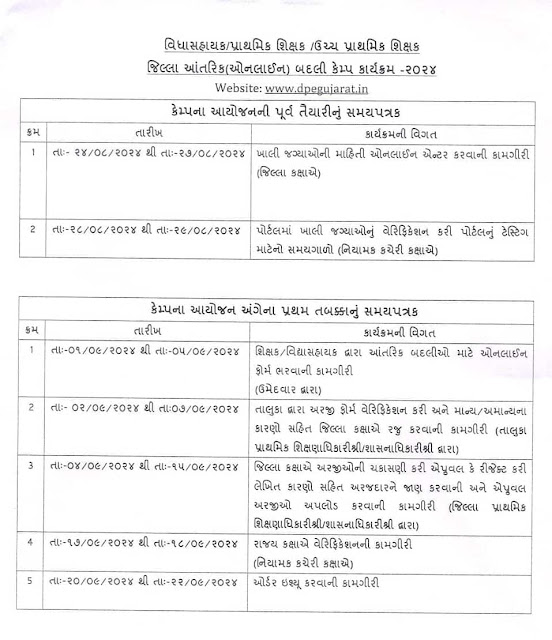9/02/2019 Sanskrit unit test papers and solutions see here
STD 6-8 SANSKRIT PAPERS CLICK HERE
CLICK HERE FOR STD -6 Sanskrit solution
CLICK HERE FOR STD -7 Sanskrit solution
CLICK HERE FOR STD -8 Sanskrit solution
Aaj ka gyan
STD 6-8 SANSKRIT PAPERS CLICK HERE
CLICK HERE FOR STD -6 Sanskrit solution
CLICK HERE FOR STD -7 Sanskrit solution
CLICK HERE FOR STD -8 Sanskrit solution
Aaj ka gyan
Sanskrit is an Old Indo-Aryan language.[5] As one of the oldest documented members of the Indo-European family of languages,[16][note 1][note 2] Sanskrit holds a prominent position in Indo-European studies.[19] It is related to Greek and Latin,[5]as well as Hittite, Luwian, Old Avestan, and many other extinct languages with historical significance to Europe, West Asia, and Central Asia. It traces its linguistic ancestry to the Proto-Indo-Aryan language, Proto-Indo-Iranian, and the Proto-Indo-European languages.[20]
Sanskrit is traceable to the 2nd millennium BCE in a form known as the Vedic Sanskrit, with the Rigveda as the earliest known composition. A more refined and standardized grammatical form called the Classical Sanskrit emerged in mid-1st millennium BCE with the Aṣṭādhyāyī treatise of Pāṇini.[5] Sanskrit, though not necessarily Classical Sanskrit, is the root language of many Prakrit languages.[21] Examples include numerous modern daughter Northern Indian subcontinental languages such as Hindi, Marathi, Bengali, Punjabi and Nepali.[22][23][24]
The body of Sanskrit literature encompasses a rich tradition of philosophical and religioustexts, as well as poetry, music, drama, scientific, technical and other texts. In the ancient era, Sanskrit compositions were orally transmitted by methods of memorisation of exceptional complexity, rigour and fidelity.[25][26] The earliest known inscriptions in Sanskrit are from the 1st-century BCE, such as the few discovered in Ayodhya and Ghosundi-Hathibada (Chittorgarh).[27][note 3]Sanskrit texts dated to the 1st millennium CE were written in the Brahmi script, the Nāgarī script, the historic South Indian scripts and their derivative scripts.[31][32][33] Sanskrit is one of the 22 languages listed in the Eighth Schedule of the Constitution of India. It continues to be widely used as a ceremonial and ritual language in Hinduism and some Buddhist practices such as hymns and chants.


